While we don’t know what transpired during the private conversation between Presidents Trump and Putin, their joint press conference barely touched on anything having to do with nuclear weapons. Frank Rose and Kate Hewitt ask: What are the implications of the summit for the future of nuclear arms control and strategic stability? This piece originally appeared on Inkstick Media.
Before this week’s press conference debacle in Helsinki, Finland, President Donald Trump sat down next to President Vladimir Putin and briefly laid out a loose agenda for their closed-door discussion. Among the talking points Trump listed for conversation: “everything from trade to military to missiles to nuclear to China.” It seemed as though arms control might be a focal point for the Helsinki Summit.
While we don’t know what transpired during the two leaders’ private conversation, their joint press conference barely touched on anything having to do with nuclear weapons. Which leaves us to ask, moving forward, what exactly are the implications of the summit for the future of nuclear arms control and strategic stability?
KEY OBSERVATIONS
First, because there was no joint statement released at the summit, we do not know with any certainty what was discussed in Trump and Putin’s two-hour meeting, much less what they agreed to with regards to arms control. However, based on the press conference it was clear that President Trump and President Putin did not resolve any of the major disagreements between the United States and Russia in the nuclear arms control realm.
Second, it is evident that Putin has a much more comprehensive understanding of nuclear arms control and a more coherent strategic stability agenda than Trump appears to. Ultimately, he was much better prepared for the summit than Trump. In fact, during the press conference, Putin comprehensively addressed all of the key issues on the US-Russia arms control and strategic stability agenda, including:
- Russia’s long-standing opposition to US “global” missile defense;
- The Intermediate Nuclear Forces Treaty (INF);
- Extension of the New Strategic Arms Reduction Treaty;
- Bilateral cooperation in counterterrorism and cybersecurity; and
- Russia’s continued advocacy of a treaty to prevent the placement of weapons in outer space.
Trump, on the other hand, at least in public, did not demonstrate such a comprehensive understanding of any arms control agenda. Indeed, the only coherent point that Trump managed to make on arms control and strategic stability was to factually state that the United States and Russia possess 90 percent of the world’s nuclear weapons.
While no conclusive agreements on arms control and strategic stability were reached at the summit, both leaders appeared willing to discuss how to preserve current agreements and agreed that continued dialogue on this set of issues was important.
WHAT COMES NEXT?
The most likely next step, following on the heels of the Helsinki Summit, will be convening expert-level talks focused on the bilateral arms control and strategic stability agenda. The Russian Ministry of Defense (MoD) has already signaled its willingness to engage in such talks, when on July 17 a Russian MoD spokesman stated: “The Russian Defense Ministry is ready for practical implementation of the agreements in the sphere of international security reached by Russian and US Presidents, Vladimir Putin and Donald Trump, at their Monday summit in Helsinki.”
However, caution should be exercised by the public and national security community with regard to what these talks will realistically be able to accomplish. Regardless of comments made at the summit by Putin on INF implementation, Russia has continuously violated the INF Treaty through its deployment of a treaty-prohibited ground-launched cruise missile, and has shown no indication that it plans to return to compliance with the treaty. This violation, coupled with Russia’s desire to impose legally-binding limitations on US missile defenses deployments, will make any significant progress on the strategic stability agenda extremely difficult – especially regarding the issue of further reductions of nuclear arsenals.
The most plausible near-term option for progress on arms control will be to extend the New START Treaty by five years to January 2026, as is allowed under the terms of the treaty. Extending the treaty would provide the United States and Russia a mechanism to help manage the arms control and strategic stability agenda in a rapidly-evolving security climate until the political environment improves.
While we should be rightly concerned about some of the outrageous statements President Trump made at the summit, we should also remember that maintaining a pragmatic dialogue with Russia on nuclear security and arms control remains in the best interest of the United States.
THE FINAL TAKEAWAY
While it is hard to know with any certainty what was actually discussed on the point, much less if anything was agreed to, one thing seems certain…This round went to Putin.
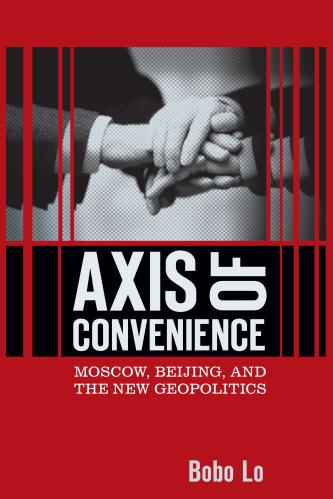
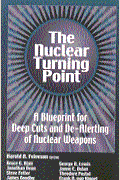
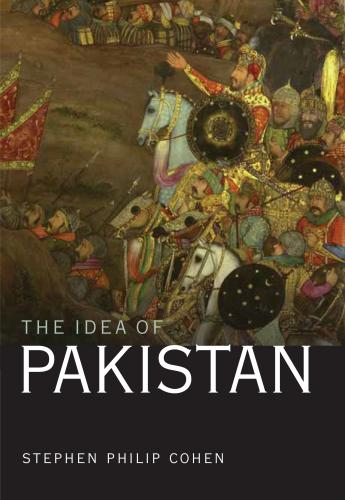
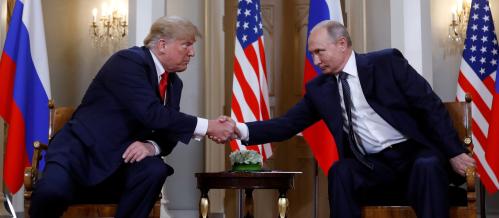
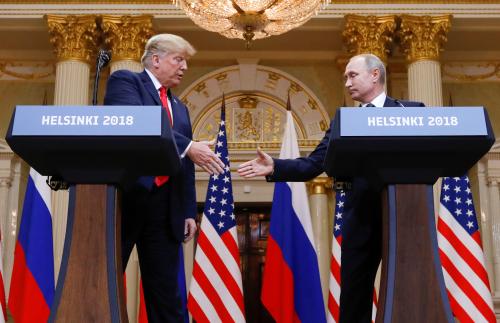
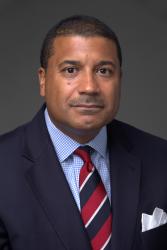


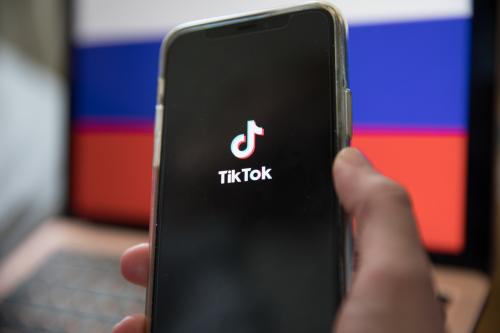

Commentary
For those keeping score: Putin-1; Trump-0
July 19, 2018